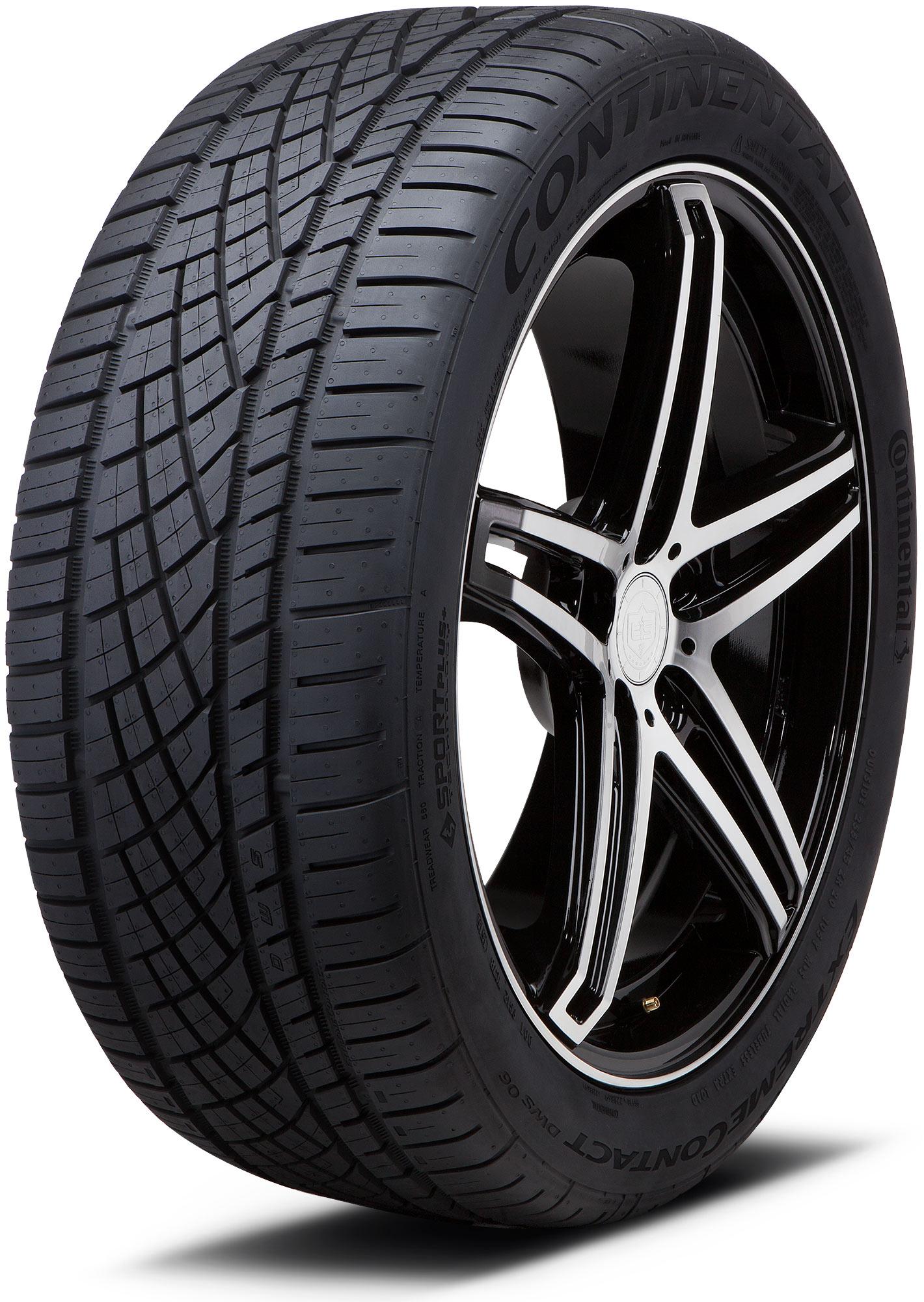Tire plugs are a ubiquitous solution for punctured tires, providing a convenient and often cost-effective way to extend the life of your tires. However, a common question arises among drivers: “How long do tire plugs last?” While the immediate job of a tire plug seems straightforward, the factors influencing its durability delve deeper, revealing a tapestry of engineering, material science, and the nuances of driving conditions.
To grasp the longevity of tire plugs, we must first dissect what a tire plug truly is. Essentially, tire plugs are rubber or polymer-based inserts designed to seal punctures from the inside of a tire. They act as a temporary fix, allowing you to maintain air pressure and mobilize your vehicle post-puncture. But herein lies an essential consideration: each plug is not created equal. Their makeup, installation, and the nature of the puncture can all dramatically influence their lifespan.
Generally speaking, the durability of a tire plug can vary. Factors such as tire type, the size and location of the puncture, atmospheric conditions, and even driving habits play substantial roles. An optimally installed tire plug in an appropriate tire can last anywhere from a few months to several years. However, this estimation is predicated on ideal conditions which often don’t mirror the complexity of real-world driving environments.
So, what dictates how long a tire plug endures? Let’s dive into the nitty-gritty.
1. Installation Precision
The efficacy of a tire plug begins with installation. A poorly inserted plug can lead to air leaks sooner rather than later. Professional tire repair services typically utilize specialized tools to ensure that the plug is properly fitted into the puncture, creating a seal that can withstand fluctuations in temperature, pressure, and tire flexing during everyday use. A DIY attempt, while tempting in its convenience, may not achieve the same level of integrity, thereby diminishing the plug’s lifespan.
2. Nature of the Puncture
Not all punctures are created equal. A simple nail in the tread can often be resolved efficiently, while more complex punctures—such as those near the sidewall or in multiple locations—may compromise the structural integrity of the tire itself, necessitating more extensive repairs. The location and size of the puncture directly correlate to the stress placed on the tire, and consequently, on the plug. Smaller, centralized punctures lend themselves to better outcomes than larger or awkwardly placed breaches.
3. Tire Composition and Type
The material of the tire plays a critical role as well. Tires crafted from high-quality rubber compounds often provide a more forgiving environment for plugs, while low-grade tires may not yield the same level of durability. Moreover, performance tires designed for speed might experience heightened wear and tear, leading to premature failure of a plug. Understanding your tire’s specifications is vital to assessing whether a plug can serve its purpose effectively amidst various stresses.
4. Environmental Factors
Environmental conditions significantly impact the durability of tire plugs. Temperature fluctuations, exposure to moisture, sunlight, and even road contaminants can accelerate the degradation of the plug materials. For instance, regions with high humidity or severe temperature variations may see a reduced lifespan of tire plugs. Drivers should remain vigilant about these conditions, especially if they live in areas subject to extreme weather.
5. Maintenance and Monitoring
Regular maintenance can extend the life of a tire plug. Monitoring tire pressure, checking for reoccurring leaks, and observing tire performance can serve as indicators of the plug’s condition. If you notice irregularities in your tire’s inflation or performance, it may signal that the plug is losing its efficacy. Routine tire rotations and balancing can also distribute wear evenly and prolong overall tire health.
6. Usage Patterns
Your driving habits play a pivotal role in how long a tire plug lasts. Frequent high-speed driving, sudden stops, or rough terrains can impose additional stress on tires, putting considerable strain on the plug. Conversely, more cautious driving habits will result in lesser degradation and preferable longevity. Awareness of your driving environment, whether city commutes or long highway stretches, can inform decisions about tire care and plug management.
Conclusion
In summarizing the durability of tire plugs, it’s evident that while these small yet mighty solutions may offer respite from immediate tire woes, their longevity hinges on a multitude of factors. From the precision of installation to the intrinsic characteristics of the tire and the environment in which it operates, each aspect contributes to the overall performance of the plug. Understanding these nuances can empower drivers to make better-informed decisions about when to trust a tire plug and when to seek a more permanent solution.
In conclusion, tire plugs can offer a practical short-term solution to tire punctures. Still, maintaining awareness of their limitations and the factors that affect their longevity can lead to improved safety and performance on the road.
